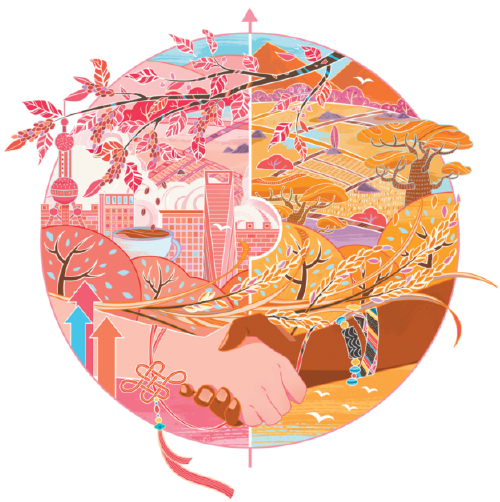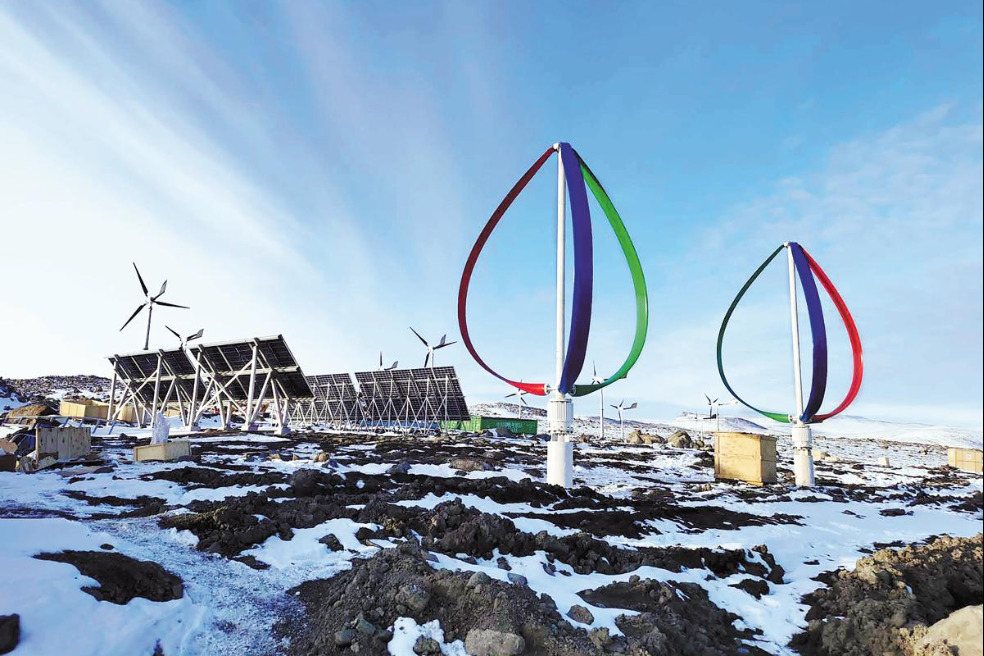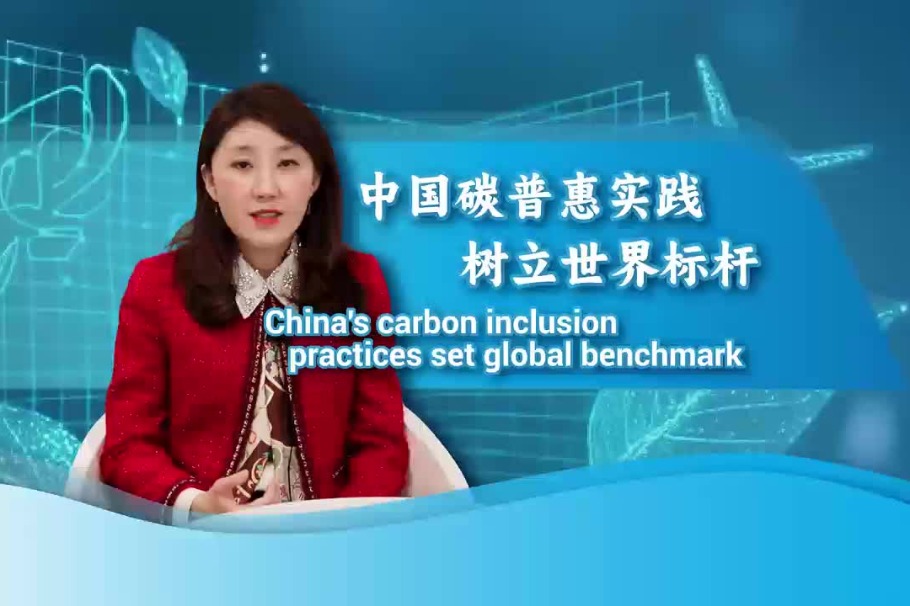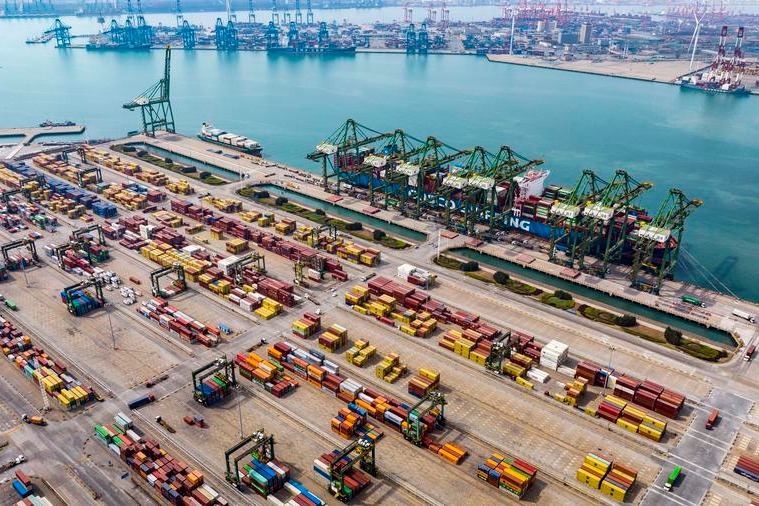Growth engine for a continent


China-Africa agricultural cooperation exemplifies the vision of building a community with a shared future for mankind
China-Africa agricultural cooperation plays a vital role in their broader partnership, and viewing it as beneficial to only one side is a biased perspective. The differences in development between China and Africa, along with their respective strengths and challenges in agriculture, create a mutually beneficial relationship. Promoting China-Africa cooperation is crucial for Africa's development, particularly in poverty reduction and agricultural advancement, as well as for China's agricultural growth.
First, the African continent, particularly sub-Saharan Africa, remains predominantly agricultural. In most countries, agriculture accounts for over 30 percent of GDP, with more than 70 percent of the population involved in farming and most people living in rural areas. Agriculture is crucial to these countries' economies and societies. However, low urbanization and limited demand for non-agricultural products pose challenges. Aside from cash crops such as coffee and cocoa for international markets, domestic demand for agricultural products is limited. For instance, our team has been promoting high-density maize planting in Morogoro, Tanzania, for a decade, but farmers often face the dilemma of unsold maize despite increased yields.
Second, sub-Saharan African countries have abundant land resources but low population density, resulting in less pressure on land. And many areas are in the tropics and have rich sources of food that do not need to grow on arable land, which also contributes to low agricultural productivity. In southern Tanzania, where we work, farmers in major maize-producing provinces achieve an average yield of only 50 to 100 kilograms per mu (one-fifteenth of a hectare). Even with simple techniques such as increasing planting density and weeding frequency — without using fertilizers — yields can increase two to three times. Many African countries have substantial agricultural growth potential and could become key to global food security.
Third, in most African countries, rural areas generally do not face severe difficulties accessing food, provided there are no wars or natural disasters. However, the primary challenge lies in households lacking sufficient economic resources to meet their basic material needs. Farmers relying solely on family labor often cannot cultivate larger plots, leading to low productivity and limited commercialization. Additionally, insufficient domestic demand hampers the creation of a robust demand in urban and rural areas, resulting in slow income growth for farmers. Consequently, sub-Saharan Africa has one of the highest poverty rates globally — 36.7 percent in 2020, according to the World Bank standards, compared to just 1 percent in East Asia and the Pacific. Promoting agricultural development in Africa from a global perspective is crucial for poverty alleviation in the region.
Fourth, China's experience in transitioning from an agriculture-based country to an industrialized one, particularly in leveraging agricultural development for large-scale poverty reduction and rapid socioeconomic transformation, is highly relevant to Africa's current development stage. African agriculture needs to shift from extensive cultivation to increased land productivity. China's labor-intensive farming techniques can offer valuable insights for Africa to overcome its capital and technology constraints.
Additionally, manual and semi-manual agricultural machinery once widely used in China is also applicable in Africa. Therefore, China-Africa agricultural cooperation should focus on the complementarity of experience and application.
Fifth, as China is a major player in global agricultural trade, China-Africa agricultural cooperation can significantly boost African agricultural development. In the first half of 2024, China imported a total of 84.18 million metric tons of grain, with increased imports of wheat and soybeans. In recent years, China has reached a series of trade agreements with African countries. For example, China and Tanzania reached an agreement on soybean trade in 2020, making Tanzania one of China's soybean suppliers. In this sense China-Africa trade cooperation could provide impetus.
Sixth, with China's economic and social development, the spillover of Chinese agricultural education, research and technology has become increasingly evident. More Chinese research institutions and universities are beginning to engage with Africa. As an emerging economy, China's development process and experience over the past decades are highly relevant to Africa in its modernization drive. Viewing China-Africa cooperation as a mechanism for sharing parallel experiences, particularly in agriculture, is highly valuable. China's experience in maize, rice, vegetables, fruits and animal husbandry, based on small holder farmer development models, is highly relevant for many African countries, highlighting the unique value of China-Africa agricultural cooperation.
China-Africa agricultural cooperation exemplifies the vision of building a community with a shared future for mankind, where both sides establish a mutually beneficial partnership at their respective development stages. The cooperation includes bilateral, trilateral and multilateral development partnerships, as well as a new type of South-South cooperation formed through trade and investment, making it a typical example of global development cooperation in the new era.
The author is lead chair professor of China Agricultural University and honorary dean of the College of International Development and Global Agriculture. The author contributed this article to China Watch, a think tank powered by China Daily. The views do not necessarily reflect those of China Daily.
Contact the editor at [email protected].

































